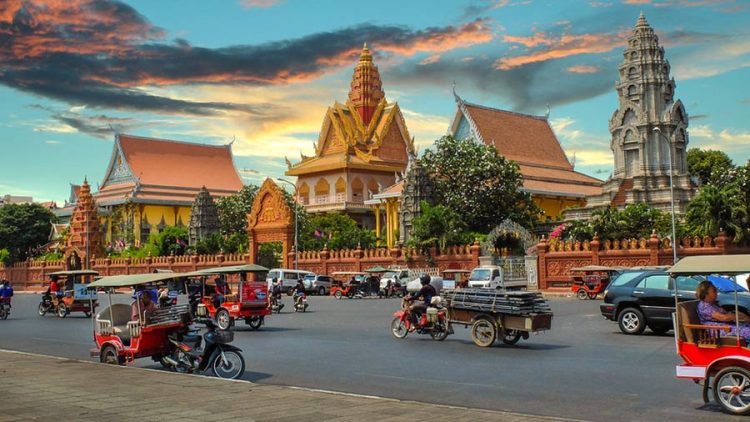Nagbibigay ang New Zealand ng halos $19 milyon upang suportahan ang mga tao sa mga rehiyon ng wetland ng Asya na nahaharap sa mga hamon ng pagbabago ng klima. Ang inisyatibong ito ay naglalayong pigilan ang mga populasyon na ito mula sa pangangailangan na lumipat.
Ang mga pondo ay itinalaga para sa proyekto ng Asian Mega-Deltas. Ang inisyatibong ito ay nakatuon sa pagpapalakas ng mga sistema ng pagsasaka na lumalaban sa pagbabago ng klima sa mga lugar tulad ng Mekong sa Cambodia at Vietnam, ang Irrawaddy sa Myanmar, at ang Ganges-Brahmaputra-Meghna sa Bangladesh at India.
Nanaia Mahuta, Ministro ng Panlabas ng New Zealand, ay nagsabi ng kahalagahan ng mga makabagong pakikipagtulungan na pagsisikap upang labanan ang mga epekto sa pagbabago ng klima at mabawasan ang mga panrehiyong emisyon.
Ang kontribusyon na ito ay bahagi ng pondo sa pananalapi sa klima ng New Zealand 2021, na nagtabi ng $1.3 bilyon. Ang pondo ay unahin ang pagkilos sa klima sa Timog at Timog Silangang Asya. Ipinaliwanag ni Mahuta na ang mga pondo ay tutulong kapwa sa antas ng indibidwal na sakahan, nag-aalok ng payo, at sa isang mas malawak na antas ng system, na nagbibigay ng access sa pananalapi.
Ang mga rehiyon ng wetland sa Asya ay tahanan ng higit sa 170 milyong mga tao, na inilarawan ni Mahuta bilang partikular na madaling kapitan sa mga kahihinatnan ng pagbabago ng klima. Ang mga isyu tulad ng kakulangan sa tubig, marahas na bagyo, at marahas na pagtaas ng antas ng dagat ay nagbabanta sa seguridad ng mga naninirahan na ito.
Mas maaga sa linggong ito, ipinangako din ng New Zealand ang $15.6 milyon patungo sa programa ng Geothermal Energy ng Indonesia, na sumusuporta sa bansa sa maabot ang mga nababagong layunin ng enerhiya.
Sa panahon niya sa kumperensya ng Asean sa Jakarta, nagsalita ni Mahuta ang tungkol sa napapansin na epekto ng pagbabago ng klima na napansin niya sa New Zealand at sa mga nakapaligid na lugar. Binigyang diin niya ang pagkadalian ng pagpapahusay ng suporta at pakikipagtulungan na pagsisikap upang labanan ang pandaigdigang banta ng pagbabago ng klima.
Kapansin-pansin na ang Earth ay nakakaranas ng pinakamainit na temperatura na naitala. Ang mga kamakailang data ay nagha-highlight ng hindi karaniwang mainit na karagatan, mataas na temperatura ng Hilagang Atlantiko, at nagtatala ng mababang antas ng yelo sa dagat sa paligid



























































